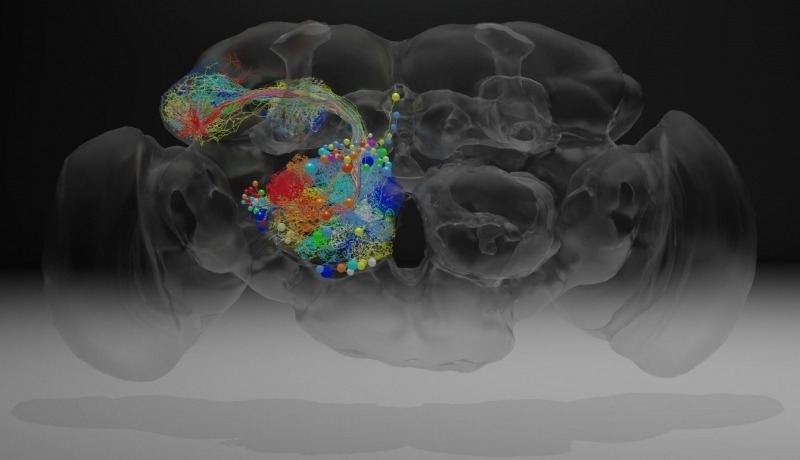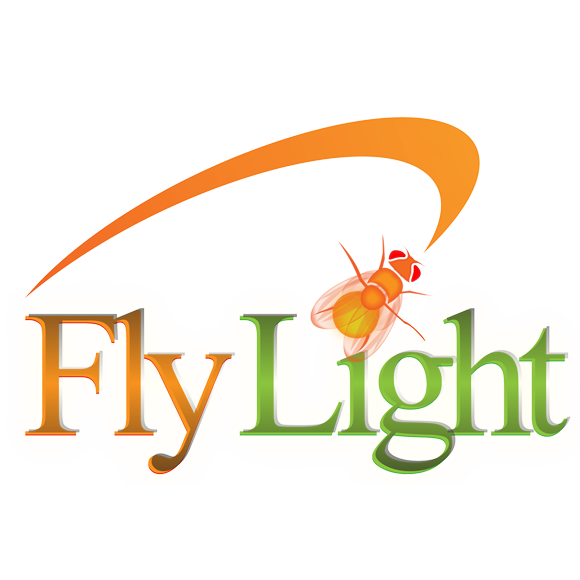Main Menu (Mobile)- Block
- Overview
-
Support Teams
- Overview
- Anatomy and Histology
- Cryo-Electron Microscopy
- Electron Microscopy
- Flow Cytometry
- Gene Targeting and Transgenics
- High Performance Computing
- Immortalized Cell Line Culture
- Integrative Imaging
- Invertebrate Shared Resource
- Janelia Experimental Technology
- Mass Spectrometry
- Media Prep
- Molecular Genomics
- Primary & iPS Cell Culture
- Project Pipeline Support
- Project Technical Resources
- Quantitative Genomics
- Scientific Computing
- Viral Tools
- Vivarium
- Open Science
- You + Janelia
- About Us
Main Menu - Block
- Overview
- Anatomy and Histology
- Cryo-Electron Microscopy
- Electron Microscopy
- Flow Cytometry
- Gene Targeting and Transgenics
- High Performance Computing
- Immortalized Cell Line Culture
- Integrative Imaging
- Invertebrate Shared Resource
- Janelia Experimental Technology
- Mass Spectrometry
- Media Prep
- Molecular Genomics
- Primary & iPS Cell Culture
- Project Pipeline Support
- Project Technical Resources
- Quantitative Genomics
- Scientific Computing
- Viral Tools
- Vivarium
Hemidriver Drosophila Lines ("Split-halves")
About the GAL4 Split-half Fly Lines
The ability to reproducibly target the expression of transgenes to small, defined subsets of cells is a key experimental tool for understanding many biological processes. Unfortunately, the Drosophila nervous system has thousands of distinct cell types, and it has generally not been possible to limit expression to one or a few cell types with standard fly lines. Instead, intersectional methods can achieve the desired specificity by allowing expression of the transgene only where two different enhancers overlap in their expression patterns.
Janelia researchers in the Rubin lab and the FlyLight project team greatly expanded the ability of researchers to use these intersectional methods to perform custom Drosophila circuit analysis in a recently published study. They created ~7,500 "hemidriver" Drosophila fly lines that allow the generation of cell-type-specific split-GAL4 driver lines. Through an NIH grant, these fly stocks are freely available through the Bloomington Stockcenter in a large coordinated effort from Janelia Drosophila Resources.
The Janelia researchers used the split-GAL4 intersectional method described in Luan et al. (2006) with optimized vectors described in Pfeiffer et al. (2010). The result is fly lines with individual enhancers to drive the expression of either GAL4’s DNA-binding domain (DBD), or an activation domain (AD) joined to a leucine-zipper dimerization domain. Each half is insufficient to activate transcription of an upstream activating sequence (UAS) reporter when expressed individually. However, when both AD and DBD are present in the same cell, they combine to make a functional transcription factor that can bind to tandem arrays of GAL4’s cognate UAS DNA sequence and activate transcription. Resultant transgenic “hemidriver” lines expressing either the p65 AD or GAL4 DBD domain under the control of an enhancer from the collection described in Jenett et al. (2012) were created. Using the combined hemidriver collections described in this study and Tirian et al. (2017), it may be possible to obtain useful split-GAL4 lines for more than three-quarters of the cell types in the adult fly brain.
Opportunity
Hemidriver Drosophila lines are available from Bloomington.



